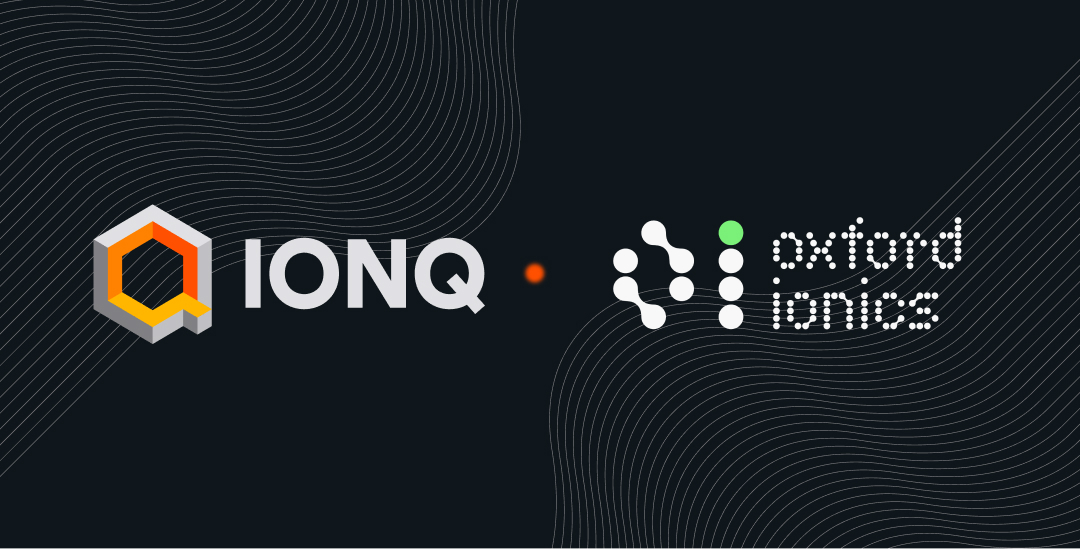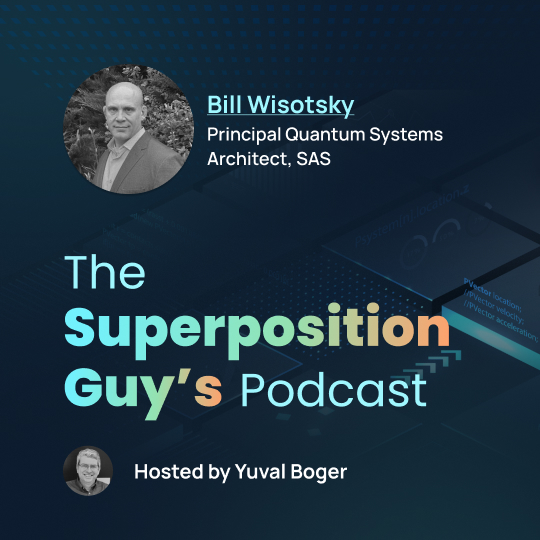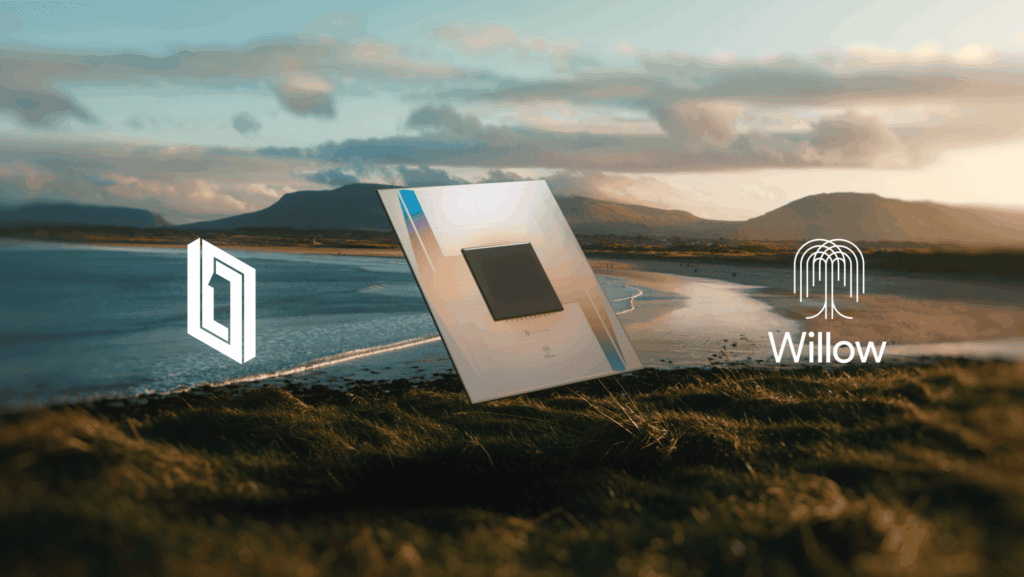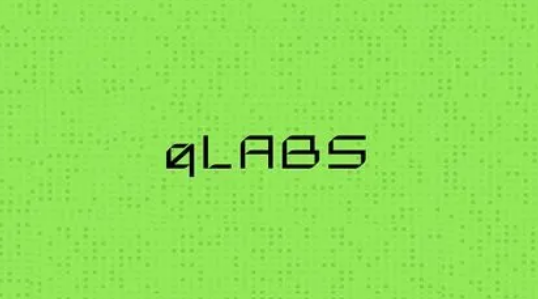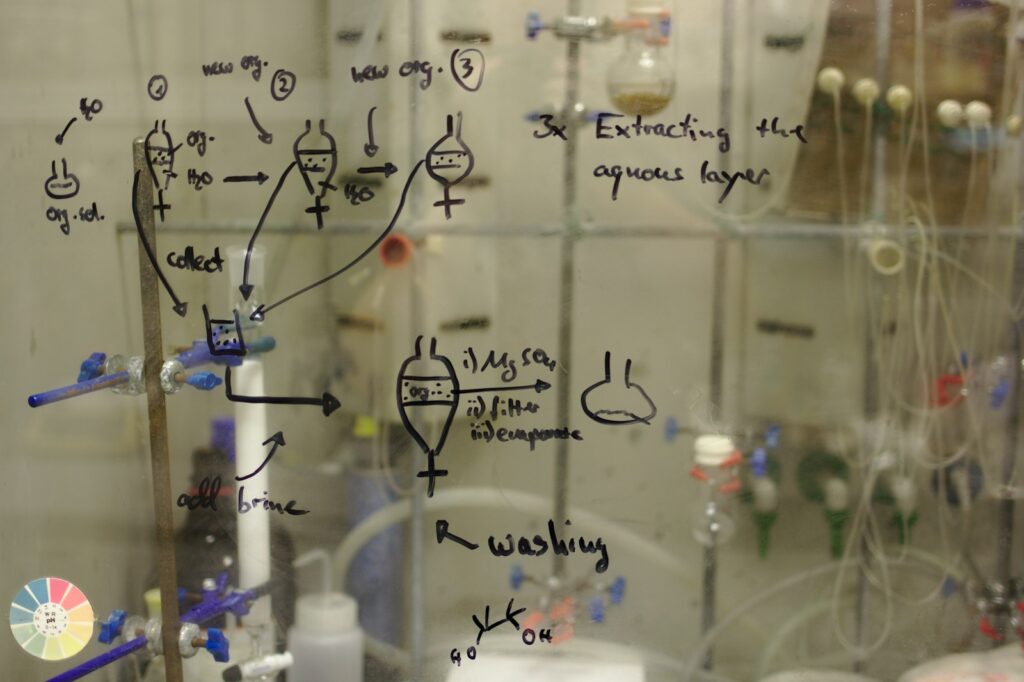Insider Brief
- IonQ will acquire Oxford Ionics for $1.075 billion in stock and cash, combining two of the leaders in trapped-ion quantum computing in a deal that could reshape the commercial quantum landscape.
- The combined company aims to scale to 256 high-fidelity qubits by 2026 and over 10,000 physical qubits by 2027, using Oxford Ionics’ semiconductor-compatible ion-trap technology.
- The deal aims to strengthen IonQ’s technical stack and boost its European presence.
IonQ will acquire Oxford Ionics in a $1.075 billion deal, bringing together two key players in trapped-ion quantum computing, the companies announced.
The transaction, announced today (June 9), is structured as $1.065 billion in IonQ common stock and $10 million in cash, subject to closing adjustments. IonQ, listed on the NYSE, is one of the few publicly traded quantum computing companies. The acquisition of Oxford Ionics — a private UK-based firm known for using standard semiconductor chips to manufacture ion-trap qubit systems — may give IonQ a potentially faster path to scaling up its hardware, according to a company news release.
The deal combines IonQ’s broader quantum computing stack, which spans hardware, software, and networking, with Oxford Ionics’ chip-based trapped-ion technology. Oxford Ionics has earned attention for achieving high qubit fidelity, a measure of quantum gate accuracy. Together, the firms say they can deliver more reliable, scalable systems in the coming years — and ultimately build toward commercial applications that classical computers cannot handle.

According to the announcement, the combined company aims to deliver systems with 256 physical qubits operating at 99.99% fidelity by 2026. That would represent a step change in trapped-ion system performance. IonQ also expect to scale toward machines with more than 10,000 physical qubits and fault-tolerant operation — often considered a milestone for commercially useful quantum computing — by 2027. Longer-term plans include reaching 2 million qubits by 2030, with logical qubit accuracies high enough to support stable, large-scale algorithms.
The acquisition would also bring in Oxford Ionics’ talent pool and university partnerships, especially in the UK, potentially expanding IonQ’s global R&D footprint and access to European grant funding. With global competition intensifying, the deal could be viewed not only as a product synergy play but also as a strategic positioning move.
In an interview, Niccolo de Masi, CEO of IonQ, spotlighted the recent acquisitions were also major talent acquisitions, uniting talent from across the world to become, with IonQ, the world’s best quantum computing, quantum communication and quantum networking ecosystem. Oxford Ionics is based in the Oxford quantum hub and Lightsynq, which IonQ acquired earlier in May, is a Harvard-based company that is developing universal optical quantum interconnects to bridge the gap to large-scale quantum computers.
“This is the largest acquisition in tech in the UK in a long time,” said de Masi. “From a ‘change-the-world’ perspective, the combination of Oxford Ionics with Lightsynq, brings together the finest minds in quantum computing and quantum networking with IonQ.”
Driving Real-World Impact
“IonQ’s vision has always been to drive real-world impact in every era and year of quantum computing’s growth. Today’s announcement of our intention to acquire Oxford Ionics accelerates our mission to full fault-tolerant quantum computers with 2 million physical qubits and 80,000 logical qubits by 2030,” said de Masi, in a statement on the acquisition. “We believe the advantages of our combined technologies will set a new standard within quantum computing and deliver superior value for our customers through market-leading enterprise applications.
The companies say the merger positions them to take advantage of a quantum computing market that Boston Consulting Group estimates could create $850 billion in global economic value by 2040. By integrating Oxford Ionics’ hardware with IonQ’s infrastructure and customer base, they expect to speed up development and open new revenue channels through applications in areas like drug discovery, advanced manufacturing, and defense.
The move also has geopolitical implications. The combined company will retain operations in both the U.S. and U.K., keeping ties to national quantum initiatives on both sides of the Atlantic. Oxford Ionics co-founders Chris Ballance and Tom Harty will stay on after the acquisition, with IonQ planning to expand its team in Oxford and support ongoing partnerships with the UK’s National Quantum Computing Centre and the Department for Science, Innovation and Technology.
De Masi added in the statement: “We are pleased to welcome Oxford Ionics founders Dr. Chris Ballance and Dr. Tom Harty, and the rest of the Oxford Ionics team to IonQ. Their groundbreaking ion-trap-on-a-chip technology will accelerate IonQ’s commercial quantum computer miniaturization and global delivery. Our combined path to millions of qubits by 2030 will help ensure unit economics, scale, and power as quantum computing rapidly evolves.”
CEO of Oxford Ionics Dr. Chris Ballance said the team is looking forward to the collaboration.
“We’re tremendously excited to work alongside the world-class quantum computing and networking teams at IonQ. Together, we intend to move faster than any other player in the industry to deliver the leading fault-tolerant quantum computers with transformative value for customers,” said Ballance. “At Oxford Ionics, we have not only pioneered the most accurate quantum platform on the market – we have also engineered a quantum chip capable of being manufactured in standard semiconductor fabs. We look forward to integrating this innovative technology to help accelerate IonQ’s quantum computing roadmap for customers in Europe and worldwide.”
The acquisition of Oxford Ionics follows IonQ’s recent quantum computing and networking momentum, including the recent acquisition of Lightsynq and pending acquisition of Capella.
IonQ will also hold a webinar: “IonQ’s Path to Large-Scale, Fault-Tolerant Quantum Computing” webinar today, June 9th at 6:00 pm BST, 1:00 pm EST, 10 am PT. Register here: https://ionq.com/events#registration-form
Insider Take: Strategic Upside in Consolidation
The announcement is another example of the increasing trend toward consolidation in quantum hardware as firms seek both technical synergy and access to talent.
An acquisition of Oxford Ionics by IonQ would offer several strategic advantages in the competitive race to commercialize quantum computing. While both companies develop trapped-ion systems, their engineering approaches diverge in key ways that could prove complementary. IonQ has built its platform around laser-controlled qubits, while Oxford Ionics has focused on using combining photonic and microwave technologies for qubit manipulation, a method the company suggests will lead to simpler scaling and integration with semiconductor fabrication.
Bringing Oxford Ionics into the fold could allow IonQ to reduce the complexity and cost of scaling up trapped-ion devices, particularly by eliminating the need for tightly aligned laser optics. If successfully integrated, Oxford Ionics’ control systems could streamline IonQ’s hardware and shorten the timeline for delivering fault-tolerant systems. Analysts have said that such a move could signal IonQ’s commitment to solving the scalability bottleneck, one of the key technical hurdles in quantum computing.
In addition to technical alignment, the deal could serve as a hedge against future architectural disruption. While several quantum hardware modalities are still in contention, consolidating leadership in a single modality may give IonQ more defensible IP, tighter control over its technology stack, and an edge in government or enterprise contracts that demand long-term stability.

